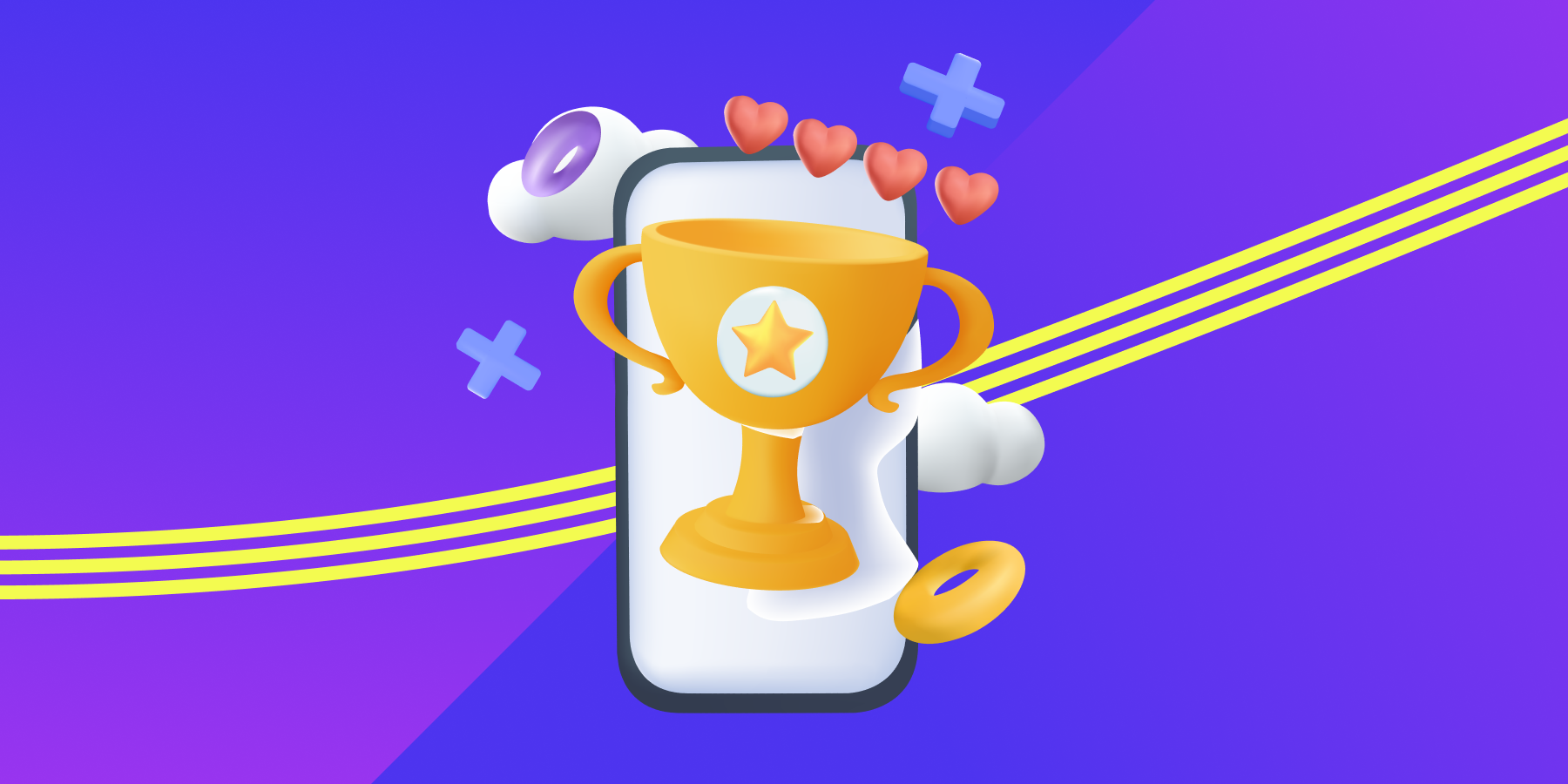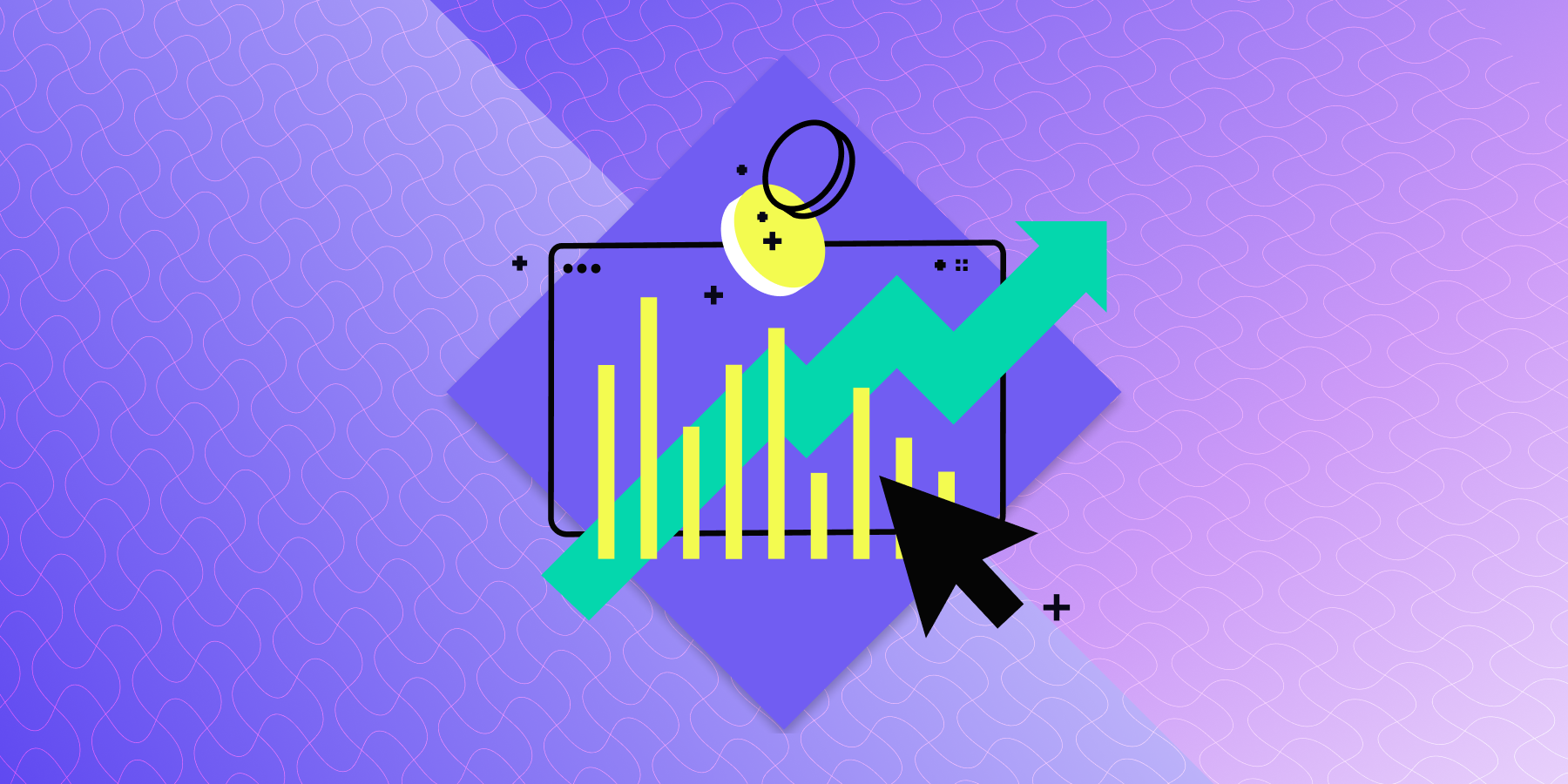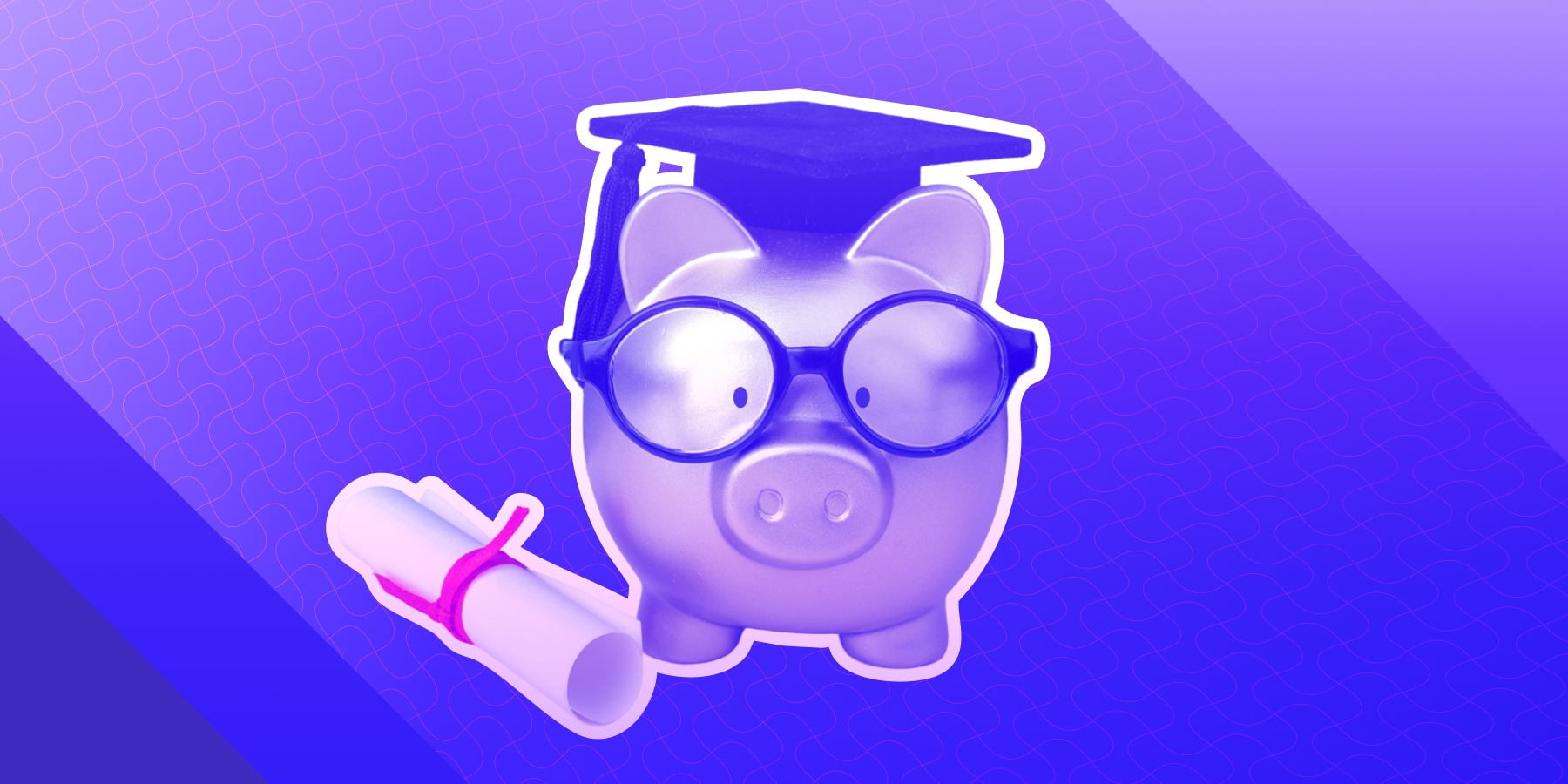When I hear the word “game,” my mind still drifts straight to unlocking Zelda dungeons, tossing bananas on Mario Kart (Toad player for life), and pulling off a perfect trick mode combo on Tony Hawk Pro Skater III. I can still picture the vinyl carpet under my elbows, the N-63 light flickering, and the diplomacy-level negotiations over whose turn it was next.
These moments weren’t just about winning - they were about connection. Shared jokes. Friendly rivalries. The thrill of unlocking something new.
Fast forward to today, and while my controller skills are…rusty, the concept of “gamification” still sparks that same sense of play. But now, it’s everywhere:
Spotify Wrapped turns your personal listening habits into a shareable badge of honor.Nike Run Club motivates you to chase streaks and earn trophies.
Starbucks Reward Dashes makes your coffee habit a competitive sport.
Even my local H-E-B runs in-store adventures for families with free earned prizes.
So…how did we get from “games” to “gamification”? And why does it matter? Gamification in marketing isn’t new. Loyalty programs have been around for decades: earn points, redeem rewards, repeat. But gamification goes beyond just economic perks. It taps into three core motivators:
Competence: That hit of satisfaction when you master something new or beat your personal best.
Autonomy: Choosing your own path, whether that’s unlocking bonus content or deciding which challenge to tackle.
Relatedness: Feeling Connected to a community, whether you're comparing streaks, swapping tips, or sharing wins online.
It’s the difference between “buy nine coffees, get the tenth free” and “I’m on a 30-day streak and I am NOT breaking it.”
The best gamification isn’t about dangling a reward; it’s about designing an experience that feels personal, relevant, and worth coming back for. That’s where a lot of brands miss the mark. They think it’s about sprinkling points and badges into an otherwise bland experience. In reality, the experience itself needs to be fun, rewarding, and motivating.
What We've Learned at Zogo
At Zogo, we blend both worlds. Yes, we have streaks and rewards. But the real magic happens when we layer in motivators (like Money Minute news clips, trivia challenges, and personalized suggestions) so users keep coming back because they want to, not just because they’re chasing points.
The result? Roughly 6 weeks since launching new gamification elements within the Zogo experience, we’re seeing what we all kind of already know- gamification works for the long game, not just the launch. Gamification engagement metrics at Zogo include:
8% increase in active mobile app users
7% increase in average user session time
27% increase in lesson completions
70% growth in weekly article reads from active Money Minute users
20% increase in conversion rate for suggested lessons
37% of Money Minute users regularly engage with the Weekly Quiz
These aren’t vanity metrics. They’re proof that gamification works when it’s human-centered and behavior-driven.
Where Gamification in Marketing is Headed Next
We know gamification in financial education will keep moving toward:
Hyper-personalization: Taking a note from Spotify’s marketing campaign turned cultural movement to introduce personalized challenges and rewards shaped by your data, habits, and goals.
Social-first engagement: Turning financial learning into something you share with friends or communities (yes, even brag-worthy). Ways that go beyond a ‘share-to-social’ will win!
Micro-moments: Short, rewarding touchpoints woven into your daily routine, not just “sit down and learn” sessions.
Cross-channel play: Rewards and challenges that follow you from mobile to in-person experiences.
This isn’t a US-only movement, it'sits worldwide. Zogo is multilingual (covering English and Spanish) with U.S.-focused topics, but we’re not stopping there. Expansion is brewing, and we want our community’s input. Got thoughts? We’d love to hear them. Because the best games are the ones we play (and improve) together.
FAQ: Gamification in Marketing
1. What is gamification in marketing?Gamification is the use of game-like elements (think challenges, streaks, rewards, and progress tracking) in non-game settings to keep people engaged. In marketing, it’s about turning everyday interactions into something fun and motivating, whether that’s completing a quiz, unlocking a new badge, or hitting a streak goal.
2. How is gamification different from loyalty programs?Loyalty programs usually focus on economic rewards—buy nine coffees, get the tenth free. Gamification adds an extra layer of motivation. It’s not just about the freebie—it’s about building habits, sparking curiosity, and giving people social reasons to participate. You’re not just earning points, you’re unlocking an experience.
3. What are examples of gamification?Gamification is everywhere once you start looking:
Spotify Wrapped turning your listening habits into share-worthy stats
Nike Run Club encouraging streaks and milestone badges
Starbucks Star Dash making your morning coffee run feel like a challenge
Zogo offering rewards, trivia, and personalized lesson suggestions to make financial literacy stick
4. How does gamification improve engagement?Gamification taps into basic human motivators—achievement, competition, and connection. It gives users a reason to keep coming back, whether that’s to beat their personal best, not break a streak, or share their progress. Done right, it creates habits that last far longer than a one-time discount.



